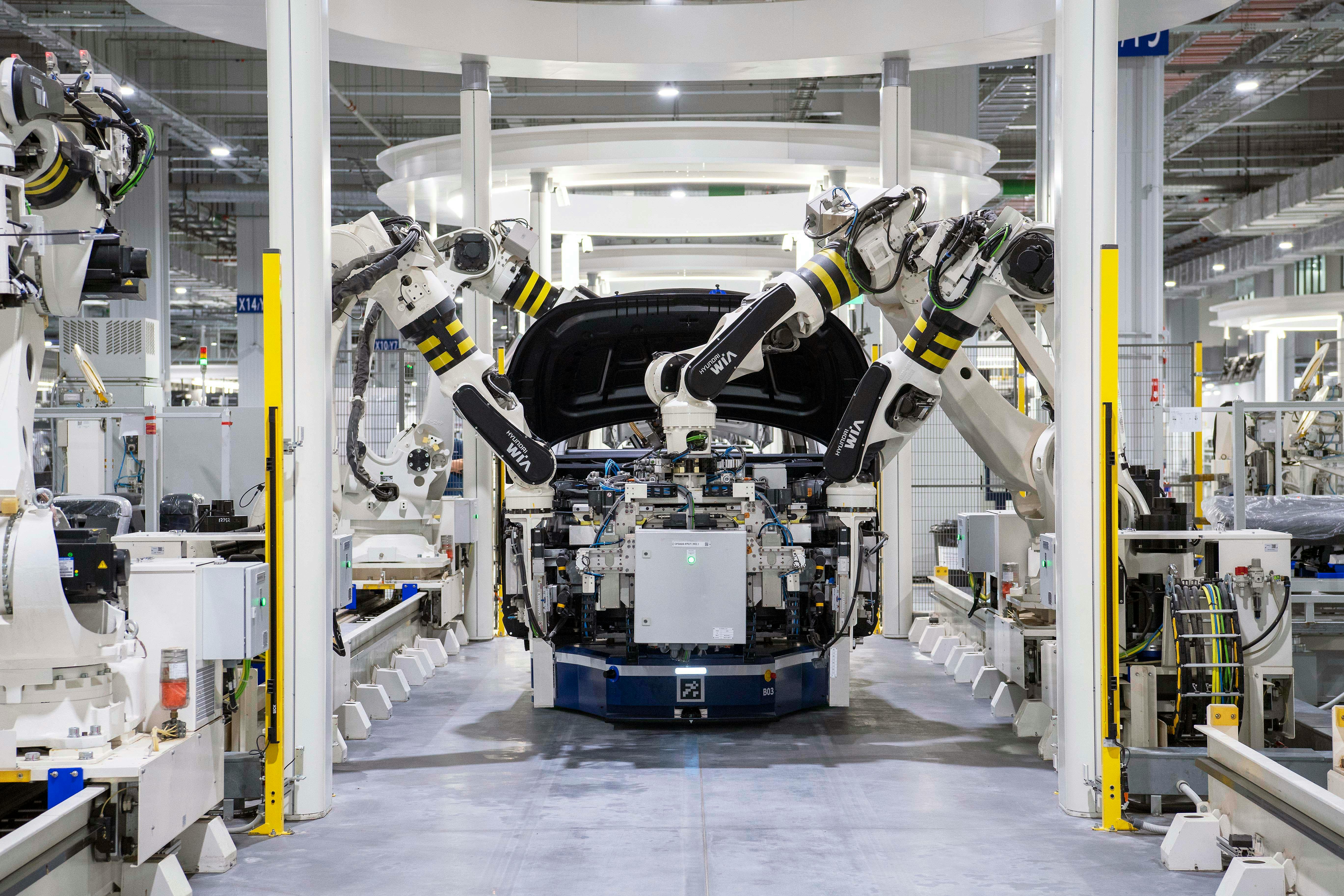One-Shot Learning
Discover the power of One-Shot Learning, a revolutionary AI technique enabling models to generalize from minimal data for real-world applications.
One-Shot Learning (OSL) is a classification task within machine learning (ML) where a model is trained to recognize a new object class from just a single example. Unlike traditional deep learning models that require vast amounts of training data, OSL aims to mimic the human ability to learn about a new concept from a single instance. This makes it particularly valuable in scenarios where data collection is expensive, difficult, or impossible. The core idea is not to learn to classify objects directly, but rather to learn a similarity function that can determine if two images belong to the same class.
How One-Shot Learning Works
Instead of training a model to identify specific classes, OSL models are typically trained on a different task: determining whether two input images are the same or different. A common architecture used for this is the Siamese Network, which consists of two identical neural networks that share the same weights. Each network processes one of the two input images to create an embedding—a compact numerical representation of the image.
The model then compares these two embeddings to calculate a similarity score. During model training, the network learns to produce similar embeddings for images of the same class and dissimilar embeddings for images from different classes. Once trained, the model can classify a new image by comparing it to the single "shot" or example from each known class. The new image is assigned to the class with the highest similarity score. This approach relies heavily on good feature extraction to build robust representations.
Relationship to Other Learning Paradigms
OSL is part of a broader family of learning methods designed for low-data scenarios:
- Few-Shot Learning (FSL): A generalization of OSL where the model learns from a small number of examples (e.g., 2 to 5) per class, rather than just one. FSL provides more information than OSL, often leading to better performance.
- Zero-Shot Learning (ZSL): A more challenging paradigm where the model must recognize classes it has never seen during training, typically by learning a mapping between visual features and high-level semantic descriptions.
- Meta-Learning: Often called "learning to learn," this approach trains a model on a wide variety of learning tasks to enable it to solve new tasks more efficiently. Many OSL and FSL techniques are based on meta-learning principles, as described by research from institutions like UC Berkeley's BAIR.
- Transfer Learning: This involves using a model pre-trained on a large dataset (like ImageNet) and then fine-tuning it on a smaller, specific dataset. While related, OSL focuses on learning from a single example without extensive fine-tuning.
Real-World Applications
One-Shot Learning is highly effective in situations with scarce data.
- Facial Recognition: Security systems can use OSL to identify a person after being shown only one photo. The system learns to create a unique facial signature (embedding) and can then recognize that person from different angles and in various lighting conditions. This is used in applications from unlocking smartphones to secure building access. An early influential paper, DeepFace by Facebook AI, demonstrated the power of deep networks for this task.
- Drug Discovery: In pharmacology, identifying new molecules that could become effective drugs is a costly process. OSL can be used to build models that predict the properties of a new molecule based on a single known example with desired characteristics. This accelerates the screening process, as discussed in research on graph-based deep learning for drug development.
Challenges and Future Directions
The main challenge in OSL is generalization. A model must learn the core essence of a class from a single example without overfitting to its specific features. The quality of the single example is therefore critical. Ongoing research, such as work highlighted on Papers with Code, focuses on developing more robust feature representations and advanced meta-learning strategies. Integrating OSL capabilities into general-purpose vision platforms like Ultralytics HUB could dramatically expand their use in data-limited environments. As models become more powerful, evaluating them with appropriate performance metrics under these tough conditions is also a key area of study.








.webp)